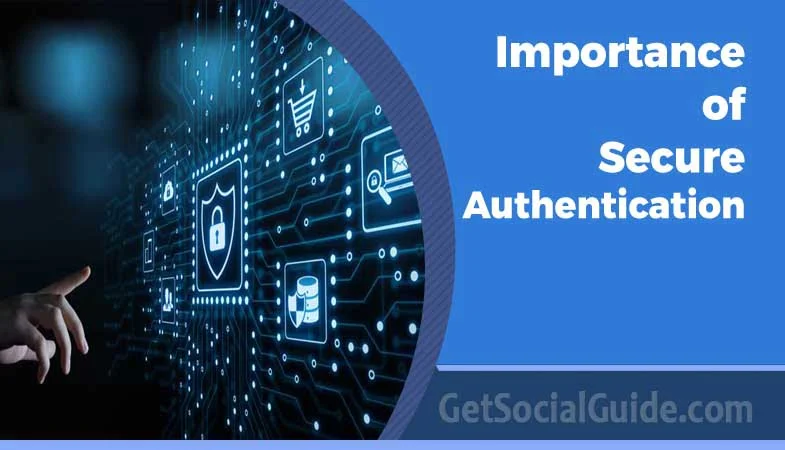Top 5 Points About the Importance of Secure Authentication in Today’s Digital World
It is essential to protect your business systems and resources. Authentication helps you do just that. It enables you to verify the identity of a user or device. This is done before the user can access your system.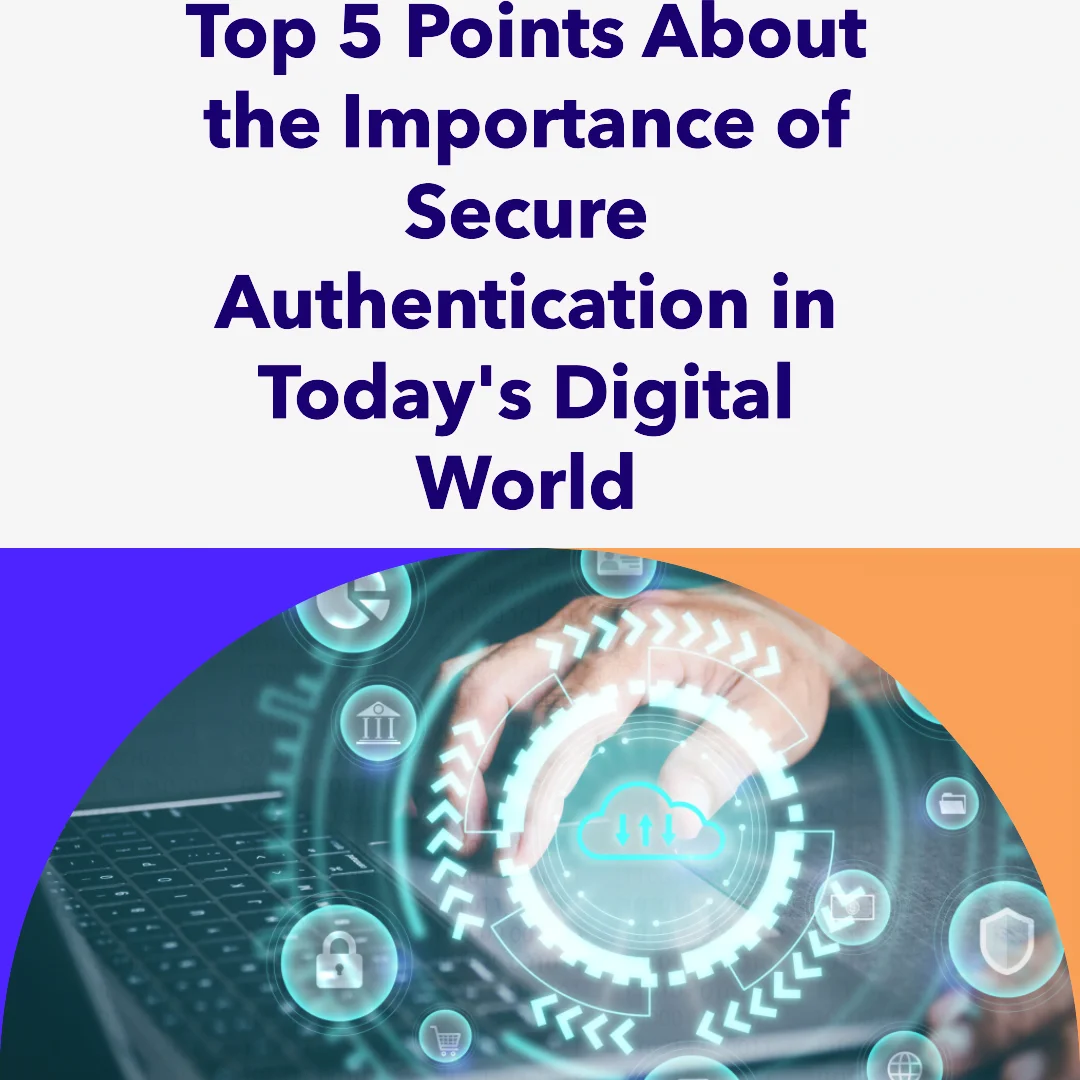
Authentication involves associating an incoming request with a set of identifying credentials. It requires that users provide their credentials. Then, those credentials are compared to those on a file in a database within an authentication server. This ensures the authorized user’s information reflects who they say they are.
The authentication process always runs at the start of the authorization. Authorization determines access levels or user/client privileges. It dictates what system resources users can access. Such resources may include files, services, computer programs, data, and application features.
As a result, authentication enables you to keep your networks secure. Your security is enhanced by permitting only authenticated users or processes to access your protected resources. Such resources include computer systems, networks, databases, websites, and other network-based applications or services.
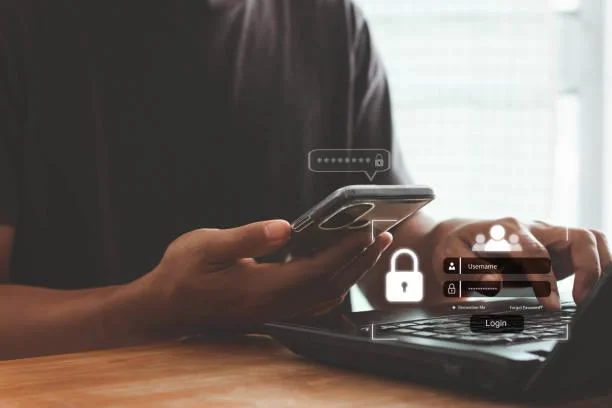
Why Authentication is Critical in Today’s Digital Environment
Groundbreaking solutions such as Metaverify have enhanced digital security. And thankfully so, given the importance of authentication in the modern world. Here are the top 5 points to stress the importance of secure authentication:
- Improved Security: Authentication permits only authenticated users or processes to access your protected resources. This enables you to keep your networks secure.
- Compliance with Privacy Regulations: Passwordless authentication can enhance compliance with privacy regulations. You’ll be able to avoid legal penalties.
- Prevention of Credential Stuffing Attacks: Credential stuffing attacks occur when attackers use stolen credentials to gain unauthorized access to user accounts. Passwordless authentication can eliminate such breaches.
- Improved User Experience: The need for your users to remember and enter passwords can cause frustration. Passwordless authentication eliminates this need. Thereby improving the user experience. Thus, your customers will be satisfied.
- Increased Trust: Passwordless authentication can increase customer trust in your business. Therefore, providing a secure and convenient authentication method will improve your reputation.
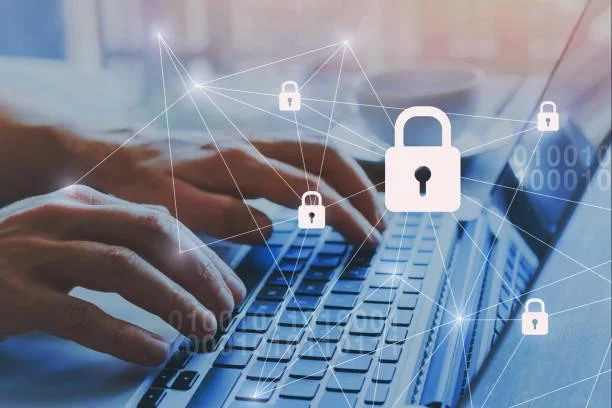
Authentication Methods

You can verify user identity in several ways. Popular ways to verify identity include:
- Password-Based Authentication. A popular method of verifying. Everyone must create a login using letters, numerals, and symbols. However, passwords are easily cracked, stolen, or guessed. Moreover, passwords are easier to crack than you believe. Thus, it’s crucial to use more dependable methods.
- Single-Factor Authentication (SFA). Here, one ID is enough to verify someone’s identity. SFA uses logins and passwords like password-based security.
- Multi-Factor Authentication (MFA). MFA requires multi-factor identification. Multi-factor authentication requires three or more items to access an account or system. MFA is safer than SFA since it requires multiple authentication methods.
- Passwordless Authentication. Passwordless verification eliminates passwords. It uses biometrics, hardware tokens, or one-time passwords (OTP).
- Risked-Based Authentication (RBA). Risk-Based Authentication (RBA) constantly evaluates and adjusts the required proof quantity based on how hazardous a user session or transaction is. It watches users in real-time and rates their risk. As threats change, the system adjusts authentication levels.
- Biometric Authentication. Biometric authentication verifies a person’s identity using their unique traits. It’s based on the premise that fingerprints and eye patterns can identify people. Biometric identifiers are safer than passwords since they can’t be hacked or guessed.
- Certificate-Based Authentication. CBA verifies identity and network access through digital certificates. CBA login requires a trusted digital certificate.
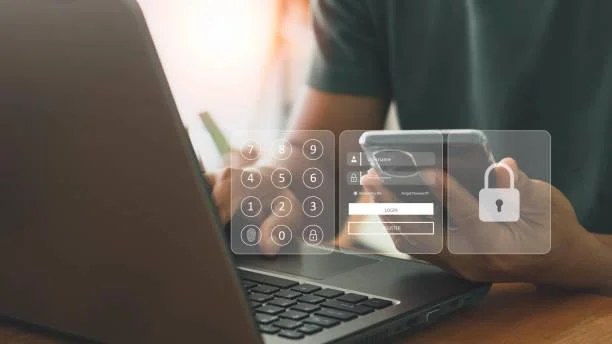
5 Key Authentication Factors
An authentication factor checks a user’s identity before letting them use a secure network. Thus, your system or program will only respond to genuine messages. Below are the key authentication factors:
Knowledge Factors: Something you know
Typically, this will be some secret code, password, or PIN that only the user and the Identity Access Management (IAM) system know.
Without the user entering the previously supplied information, the system will not work.
Possession Factors: Something you have
In this situation, the user will require a smart device (a phone, a smart card, a mailbox, etc.). The user might have a Time-based One-Time-Password (TOTP) texted to their mobile phone. Or through email.
Inherence Factors: Something you are
To verify a user’s identity, this technique uses an “inherence factor,” or a peculiarity only that user possesses. A fingerprint or voiceprint is an example. One more form of authentication system is facial recognition technology.
Location Factors: IP and MAC Addresses
You can set up services that carry out geolocation security checks. You can verify a user’s location before granting access to your application, network, or system.
You can use geolocation security to ensure only users in a particular geographic region can access your system.

Behavior Factors
This authentication factor is based on the user’s behavior when they enter the system. Users can pre-configure a password in a preset interface by acting in a certain way. These acts can then be repeated later as a sort of identity verification. A classic example is the lock screens on mobile phones, which demand that the user draws a specific pattern onto it.
Conclusion
Cybercriminals are constantly improving their attacks. As such, security teams are facing plenty of authentication-related challenges. Cybersecurity is now more critical than ever. Therefore, you need to move beyond passwords. It is time to think of alternative authentication methods. Such methods include biometrics, hardware tokens, and behavioral analytics. You can also use multi-factor authentication to enhance security. By doing so, you can protect sensitive information and prevent unauthorized access.
